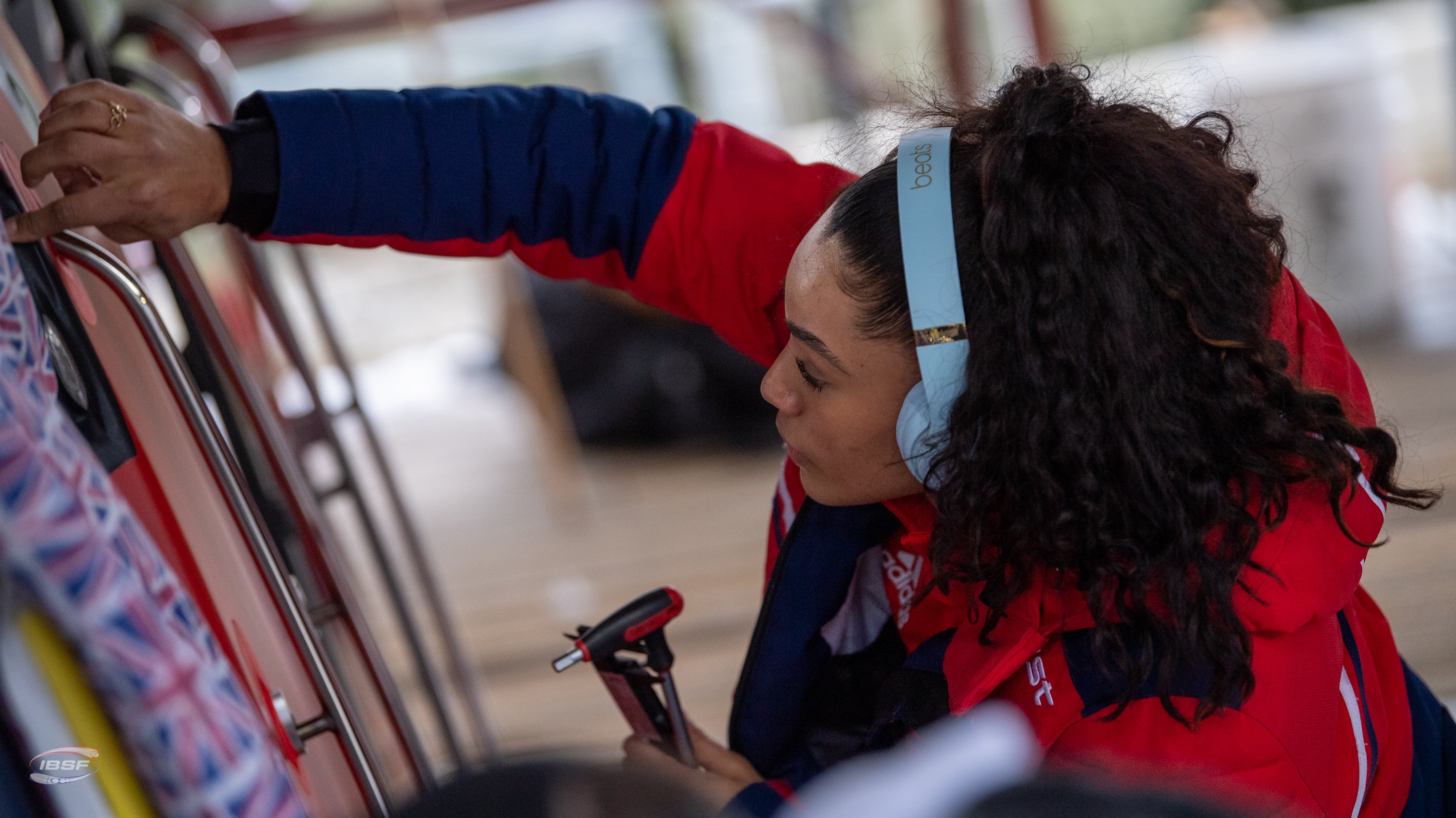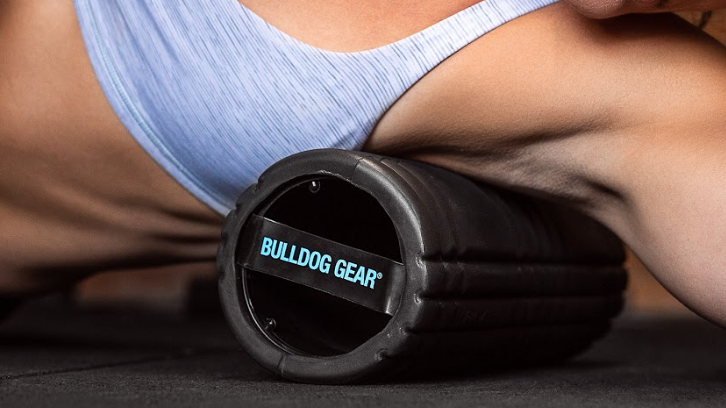|
23/12/2021 | Andrew Tracey |
Horizontal pulling is criminally under-utilised, especially in the functional community where the pull-up gets the lion’s share of the love.
Only ‘pulling’ in a single range of motion won’t only leave blindspots in your strength, and the overall development of your physique, but a high volume of pull-ups could be putting you at risk of shoulder pain. The popular ‘palms facing away’ pull-up grip forces your shoulders into an ‘internally rotated position’, which can be difficult for some trainees, especially those that spend most of their day desk bound and suffer from bad posture at the best of times.
Horizontal rows, especially those using dumbbells or kettlebells provide not only a much more neutral grip, but they allow you to adjust your range of motion throughout to find a comfortable path of resistance, keeping those joints healthy.
Beyond troubleshooting and injury proofing- you’ll also hit those crucial ‘mid back’ muscles, that aid in posture and stability, particularly in heavy lifts such as power cleans, deadlifts and front squats.
Even if you’re already integrating rows into your training roster, it can sometimes be difficult to ensure you’re really ‘hitting’ the lats and muscles of your mid and upper back. Excessive body movement, heavy weights with stunted ranges of motion and lower back pain can all contribute towards turning a good row into a solid ‘no’.
Add this chest supported row variation into your training roster to make sure you’re avoiding any pulling pitfalls and maximising your upper back strength, increasing your shoulder stability and developing that thick, ‘3D’ look.
Form Check-
Position yourself with a pair of dumbbells, chest down on an adjustable bench, set at around 45 degrees. Your chest should be as close to the top of the bench as possible, with your chin over the top. You may have to secure the base of the bench with dumbbells or plates to prevent it rocking forward. Allow the dumbbells to drift forward, with your arms at full extension. Focus on pulling hard into your hips and holding a strong squeeze at the top of each rep before slowly lowering the bells back to full stretch.
(No adjustable bench? Elevate one end of your flat bench onto a box, or barbell in a rack.)



